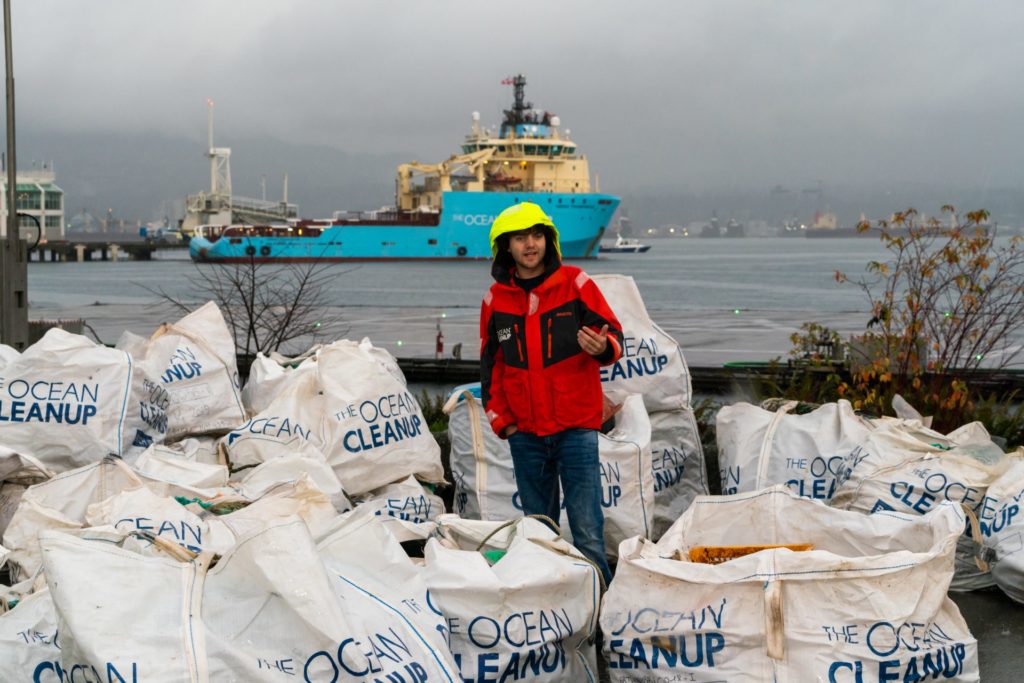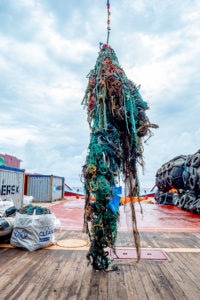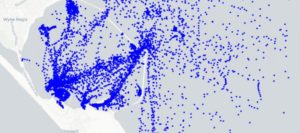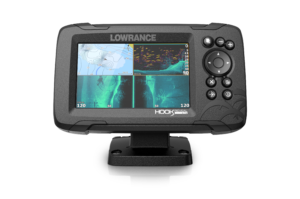The Ocean Cleanup completes mission one in Great Pacific Garbage Patch

The Ocean Cleanup, the Dutch non-profit organisation developing technologies to rid the world’s oceans of plastic, has brought the first batch of ocean plastic to shore following its first mission in the Great Pacific Garbage Patch.
Boyan Slat, Founder and CEO of The Ocean Cleanup, announced that the plastic trash will be transformed into sustainable products, that will be sold to help fund the continuation of the cleanup operations.
The purpose of The Ocean Cleanup’s first mission in the Great Pacific Garbage Patch was to confirm the concept of passive plastic collection by means of the natural forces of the ocean. In October 2019, The Ocean Cleanup announced that the system is capturing and collecting plastic debris from massive ghost nets down to microplastics one millimetre in size.
Since the launch of the first cleanup system, System 001, in September 2018, most items on the long list of deliverables for the technology could be checked one-by-one. Early reports showed, however, that System 001 was not retaining plastic as it should, and despite attempts to remedy this and successful design confirmations, the system suffered a fatigue fracture, resulting in a need to return the system to shore in January 2019.
 The engineering team performed a root cause analysis, redesigned a modified system, and, in record time, The Ocean Cleanup deployed the upgraded system, System 001/B, in June 2019. After several months of trailing modifications, the concept’s ability to capture plastic was confirmed.
The engineering team performed a root cause analysis, redesigned a modified system, and, in record time, The Ocean Cleanup deployed the upgraded system, System 001/B, in June 2019. After several months of trailing modifications, the concept’s ability to capture plastic was confirmed.
Founded in 2013, The Ocean Cleanup now employs approximately 90 engineers and researchers. The foundation is headquartered in Rotterdam, the Netherlands.
Instead of going after plastic debris with vessels and nets – which would take many thousands of years and billions of dollars to complete – The Ocean Cleanup plans to deploy a fleet of long floating barriers that act like an artificial coastline, enabling the winds, waves, and currents to passively catch and concentrate the plastic. Once fully operational, the full fleet of passive collection systems is expected to remove 50% of the Great Pacific Garbage Patch every five years.
Complementary to its approach to solve the legacy problem of plastic in the ocean garbage patches, the organisation developed the Interceptor technology to help prevent plastic garbage from entering the oceans via rivers. Interceptors are now deployed in Jakarta, Indonesia and Klang, Malaysia, with preparations ongoing for further deployments around the world.
The Ocean Cleanup plans to create a value chain on the basis of their collected debris, with the aim of funding continued cleanup operations by developing attractive, sustainable products made from material collected in the Great Pacific Garbage Patch.











Great to hear that the technique finally works! Moreover it’s fantastic that it even works in rivers, thanks Boyan and the engineers/investors making this possible. However, one question arose when I thought about the roots of the problems… Are the cities Jakarta and Kang paying for their pollution of rivers? Since the authorities obviously fail to prevent their rivers from getting littered, they should receive a bill instantly!
Hi Adi
That’s an interesting question! I’ll see what I can find out.
Zella